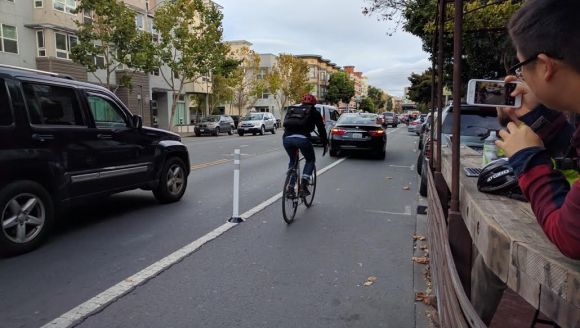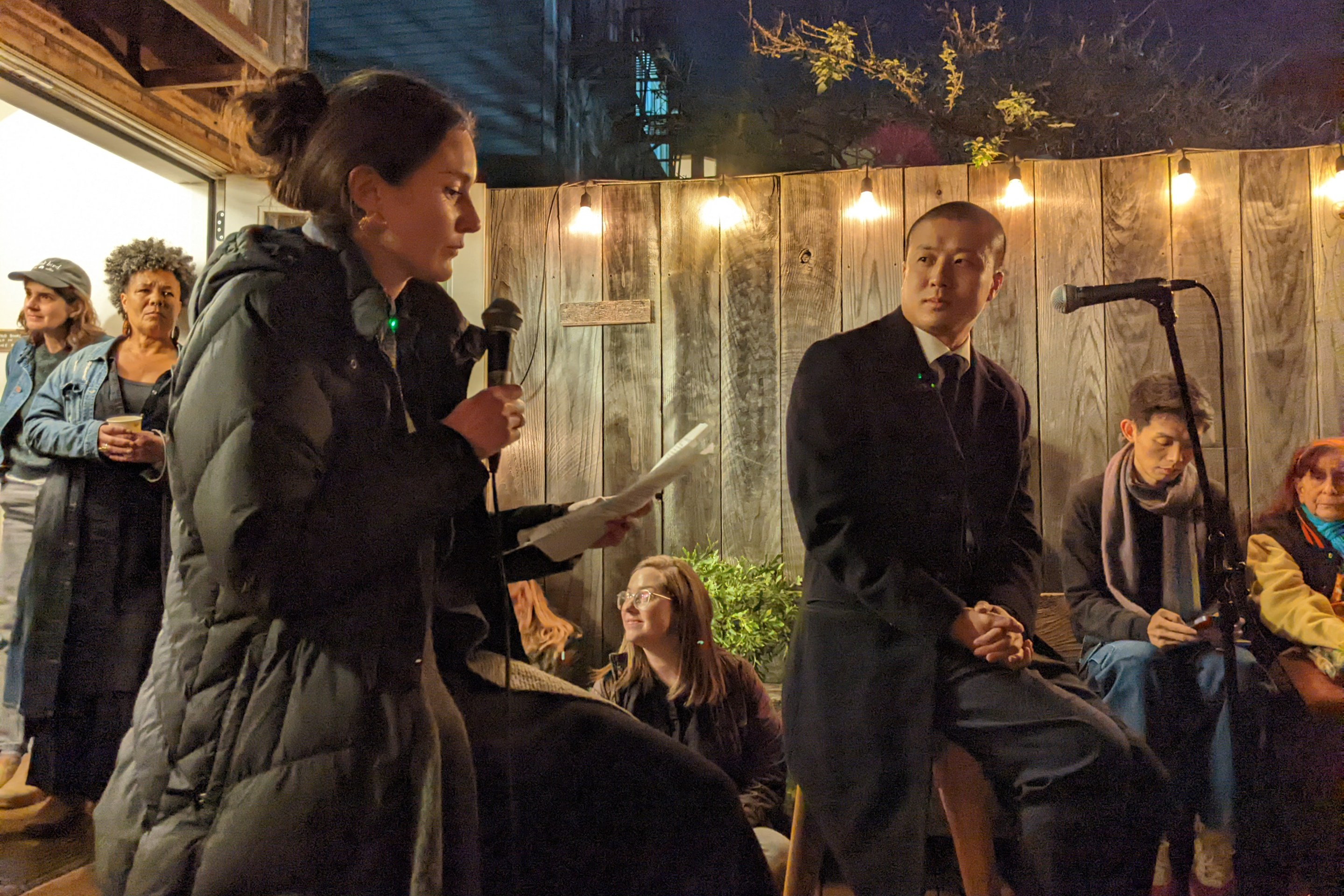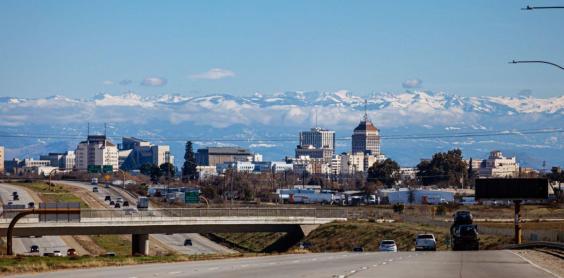The California legislature this week took a step that could have huge (likely positive) implications for urban transportation both locally and nationally: It passed a law requiring that Uber and Lyft classify drivers as employees — not as independent contractors, as the companies do now.
The decision to treat drivers as employees shakes up the business model of ride-share companies. But it also represents a potential boon to cities. If Uber and Lyft must pay drivers a living wage, congested major cities will also likely benefit from less congestion and fewer emissions.
Uber and Lyft traffic have exacted a huge toll on major U.S. cities. Some 70 percent of Uber and Lyft rides happen in just nine cities — San Francisco, New York, Boston, Chicago, Miami, Chicago, Philadelphia, Los Angeles and Washington, D.C., according to independent traffic analyst Bruce Schaller.
For example, there were 215 million Uber and Lyft trips in New York City in 2017, Schaller estimates, driving up congestion dramatically. For every driving-mile trip, Uber and Lyft have eliminated, another 2.6 miles of driving happened, as drivers spent time "deadheading" — cruising around without passengers between trips.
Uber and Lyft traffic has especially crushed San Francisco. The city estimates that Uber and Lyft rides constitute one in five vehicle trips taking place within city limits — adding about 6,000 vehicles a day to the streets at rush hour.
Last year New York City capped the number of ride-hail vehicles on the streets and increased the minimum wage for Uber and Lyft drivers to $17.22 an hour after expenses. As a result, this past spring Uber and Lyft stopped hiring new drivers.
In addition, Schaller said, New York City data showed the total number of Uber and Lyft trips didn't decline, but the amount of time they spend "deadheading" -- cruising without any paying passengers present -- did.
Uber and Lyft have been in a heated competition for market share. And since the services they offer are essentially identical, they mainly compete on wait times.
But, judging from the New York example, having to pay drivers an hourly rate seems to discourage all that extra cruising.
The California law would entitle ride-share drivers to the state's $12-an-hour minimum wage (San Francisco's is $15.55) — and also require the company to provide benefits in some cases. Uber alone has two million registered employees nationally, although many are inactive. Its drivers reportedly earn an average of $9.22 an hour.
With characteristic disregard for local laws, Uber said that it won't automatically reclassify its drivers as employees because drivers are — wait for it — not really their core business:
NEWS: Uber says it will not reclassify drivers as employees in the wake of landmark California law, despite the lack of ride-hail exemption in #AB5. Lead attorney argues Uber is exempt from requirements because "drivers’ work is outside the usual course of Uber's business."
— Faiz Siddiqui (@faizsays) September 11, 2019






